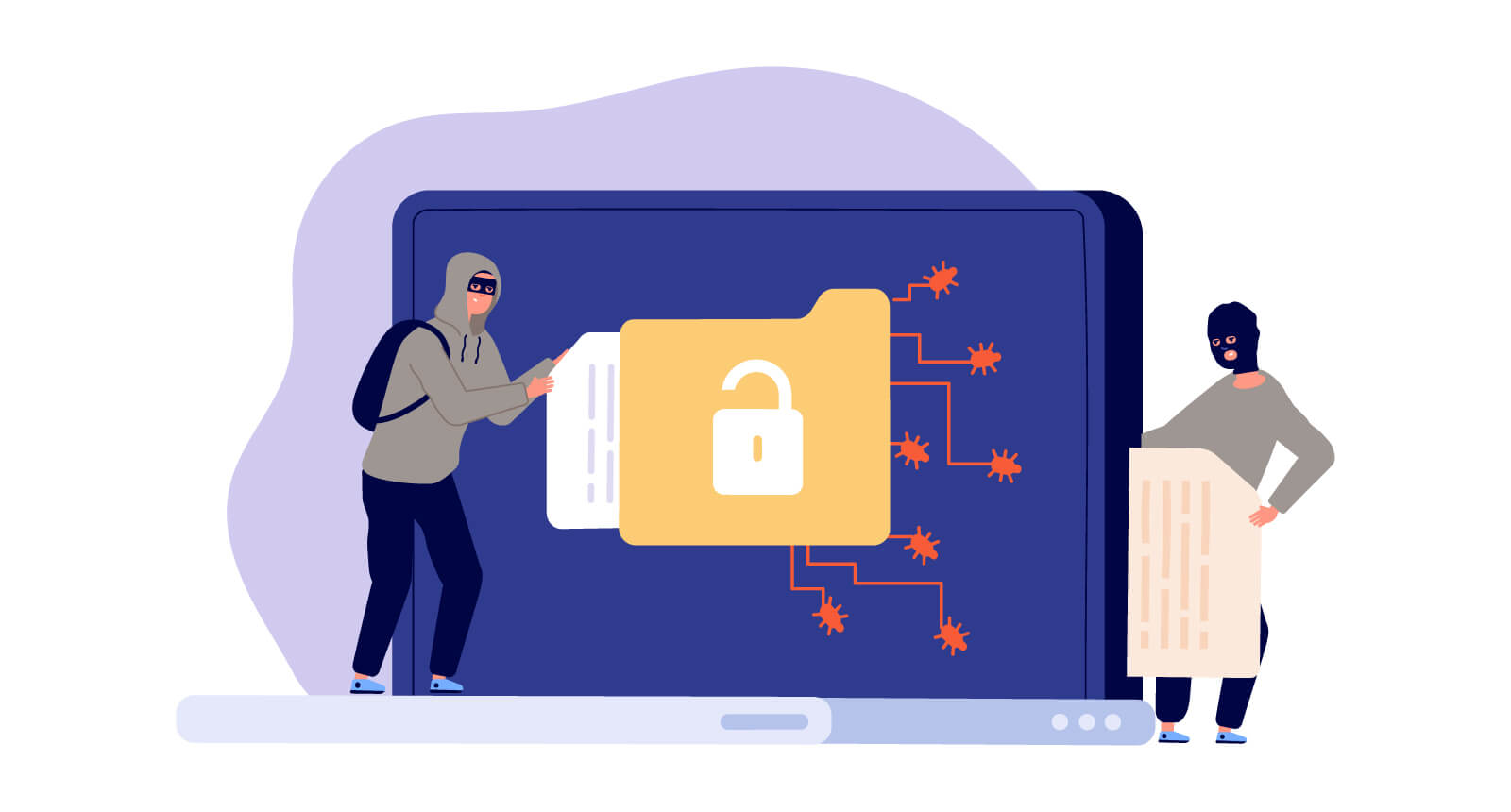Website spoofing is a huge security concern for businesses and can lead to data loss, fraud, and disruption. However, organizations have a defense against this type of attack. Mimecast offers an advanced security solution that can stop website spoofing and protect organizations from falling victim to malicious actors. Please find out how their solution can benefit your business now.
Websites and apps have become more sophisticated and complex. And as such, the threat of website spoofing has grown in recent years. Takes a look at what website spoofing is, why it happens, and what you can do to stop it.
Mimecast is an award-winning cloud security solution for organizations with small and medium-sized businesses. We protect websites from the growing threat of website spoofing. If you’re curious about how website spoofing happens, read on. And if you’re interested in stopping it, check out our white paper on preventing website spoofing.
Website spoofing and malware have been problems for years, especially in business. This trend has become a serious concern to all of us. We know that website spoofing and malware will cause severe damage to your company and personal computer.

Benefits of Mimecast’s Website Spoofing Solution
Website spoofing is a cybercrime involving someone using a website to imitate another site. While this might seem harmless fun, website spoofing can be extremely harmful. As websites become more sophisticated, so does the threat of website spoofing.
Here are a few examples of the types of harm that can occur:
– Unauthorized access to personal information
– Inappropriate advertisements
– Disturbing and misleading content
– Phishing
– Malware
– Identity theft
– And much more
Website spoofing is a growing concern for companies and individuals alike. In fact, in 2017, phishing incidents increased by a whopping 20%.
And with the rise of mobile device usage, it’s becoming increasingly difficult to avoid being tricked into handing over your private information.
So what can you do to protect yourself? Mimecast offers several features that make identifying and blocking malicious websites easier.
How Does Website Spoofing Work?
Website spoofing is a growing problem. As websites become increasingly complicated, they become targets for cybercriminals looking to hijack them for malicious purposes. These hijackers may try to impersonate websites by changing their HTTPS credentials, such as their certificate or certificate authority. They may also try to change the URL.
How do they do this? They may hack the website’s DNS records, which is how they gain access to the domain’s HTTPS credentials. They may also try to trick users into entering sensitive information into a fake site that looks like trealthey may change the URL to point to a different domain altogether.
Stop Website Spoofing with Mimecast
Website spoofing is an attack where someone uses a malicious website to imitate a legitimate one. This allows attackers to steal sensitive information, redirect traffic, or install malware on the end user’s device.
Website spoofing happens when a person uses an existing domain to build a new website. This is usually done by copying a legitimate website’s design, content, and even the source code. In recent years, the threat of website spoofing has increased dramatically. It has become so common that it is considered a nuisance.
How to Prevent Website Spoofing and Is it Illegal?
Website spoofing is an act of deception that involves maliciously taking control of a website’s appearance. It can occur in several ways, such as adding a fake login page, creating a false back-end connection, or redirecting a user to a different URL.
Website spoofing is a growing problem for many reasons. First, it gives the impression that a site is legitimate. Second, it allows scammers to impersonate a real website easily. Third, it lets hackers steal data from unsuspecting users.
While there is no specific law against website spoofing, it violates the federal Computer Fraud and Abuse Act.
In the case of a financial institution, a bank, or a credit card company, website spoofing is a serious breach of privacy. It can also lead to identity theft, which is a felony that violates the Federal Wire Fraud Statute and the Economic Espionage Act.
What is Website Spoofing vs. Domain Spoofing? Hackers could easily do spoofing, but thanks to the web browser’s “Do Not Track” feature, spoofing has become much more difficult and less common.
Why would someone spoof a website?
Some reasons include the following:
– To gain access to sensitive information on a website
– To redirect visitors to a malicious site
– To scam visitors into handing over personal information
– To hack a website
Website spoofing is a type of hacking. The hacker is mimicking a website instead of gaining unauthorized access. Spoofing is similar to phishing. However, the difference is that while phishing involves emailing users and tricking them into giving up their login information, spoofing involves hijacking a website.
Frequently Asked Questions Website Spoofing
Q: What is the main purpose of your company?
A: We make it easy for businesses to stop website spoofing by providing affordable, secure, hosted video conferencing solutions.
Q: What is Mimecast?
A: Mimecast is the only complete cloud-based unified communications service that provides a full suite of voice, video, messaging, and collaboration tools in one application.
Top 3 Myths About Website Spoofing
1. Mimecast is not easy to use.
2. Mimecast is not easy to integrate with existing IT environments.
3. Mimecast is not a free service.
Conclusion
Website spoofing is becoming increasingly common these days. It happens when someone else uses your website URL and creates a similar-looking site. They might even make the area appear as you or some of your competitors. The goal is to trick people into thinking it’s you and to get them to visit your site instead of the fake one. The result? Many frustrated customers end up buying something they don’t want.







